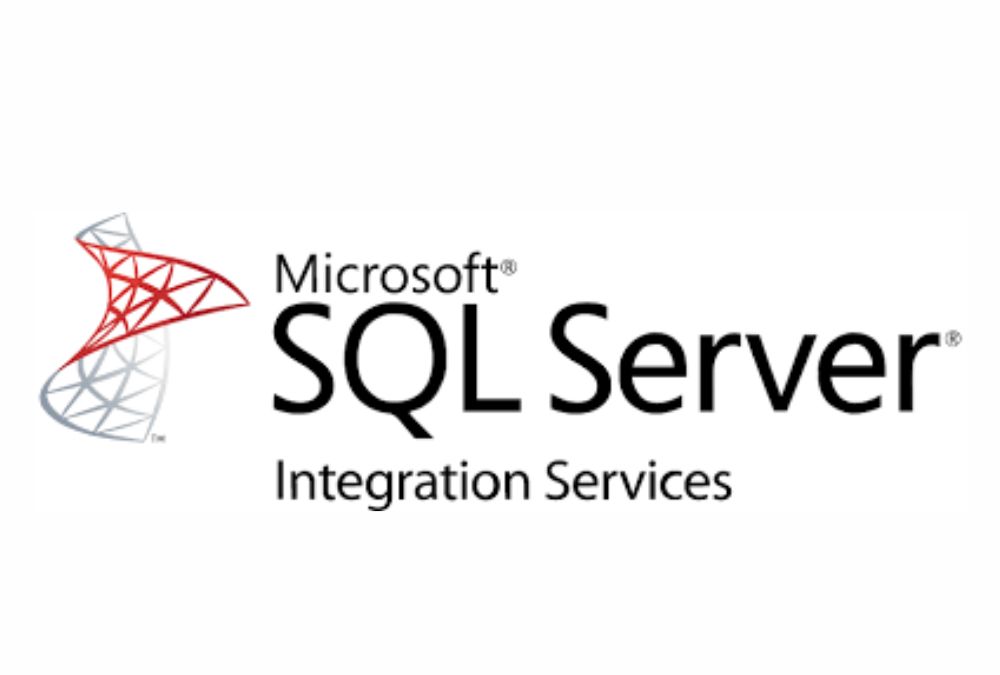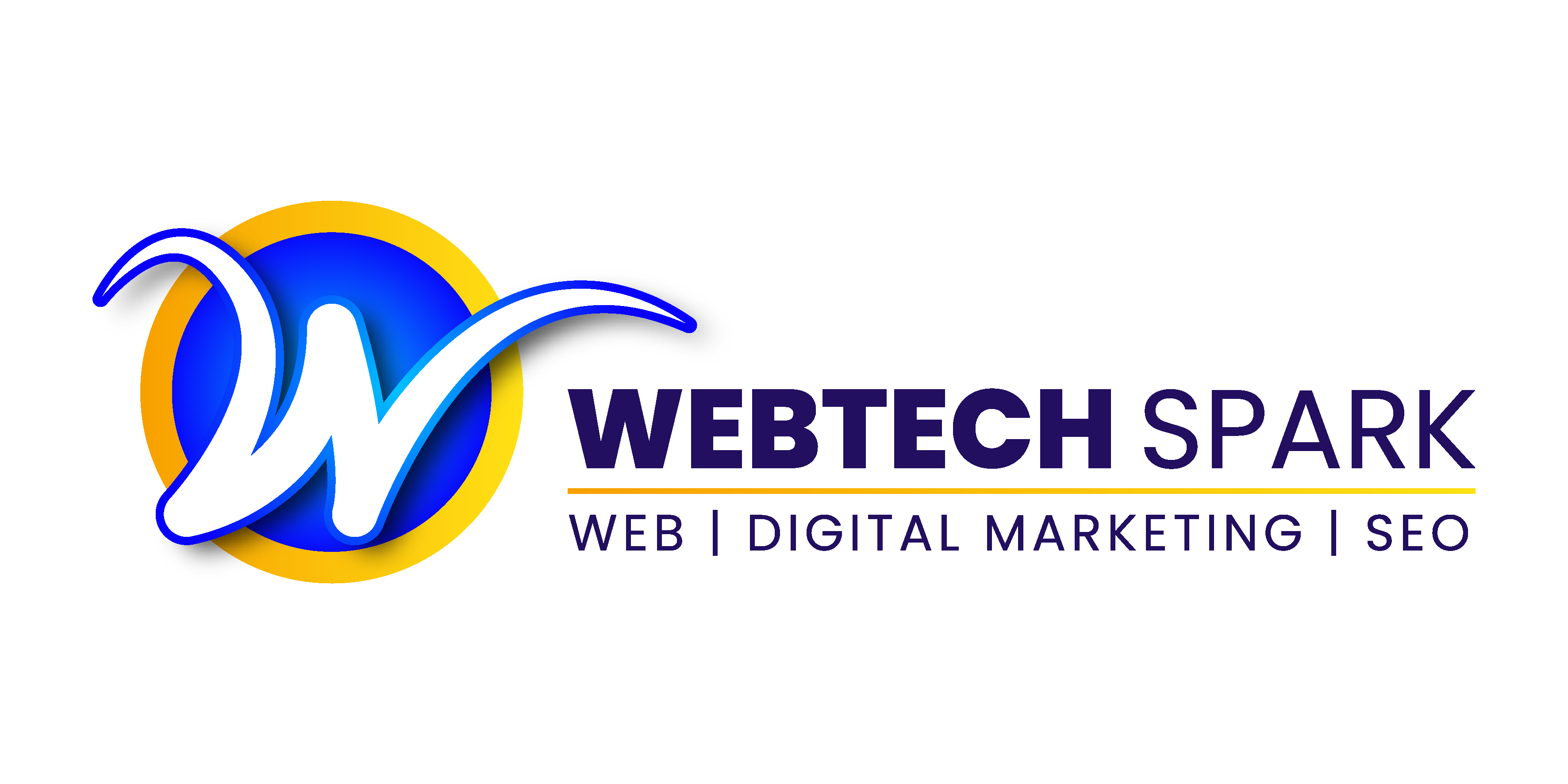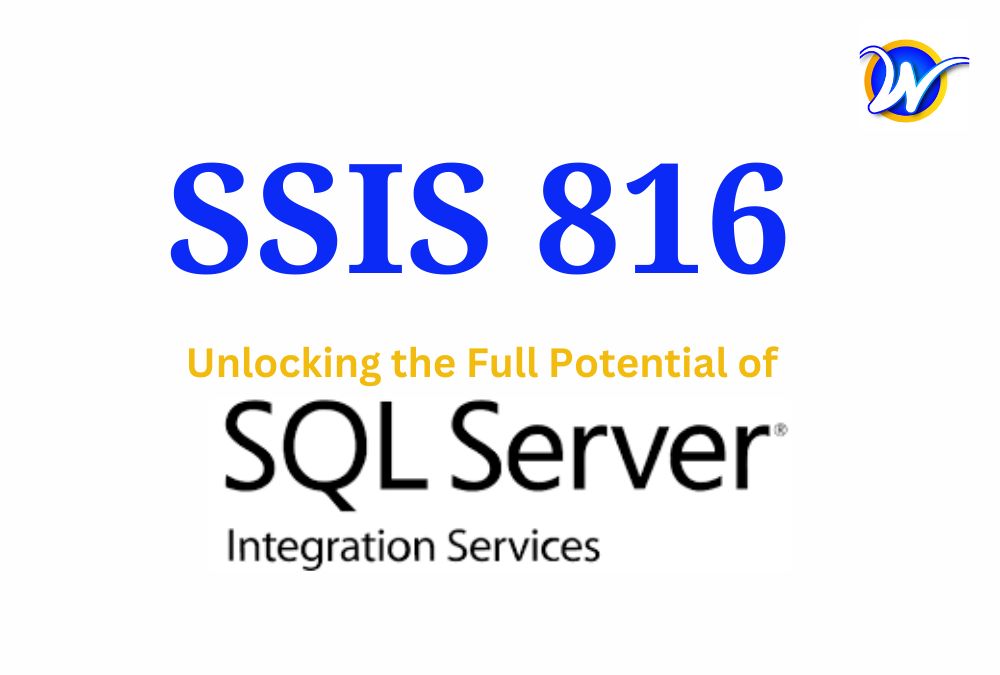Companies strive to optimize their operations by integrating, modeling, and standardizing their data in an ever-changing environment of enterprise information governance. In this regard, Microsoft’s SQL Server Integration Services (SSIS) remains at the forefront as an all-in-one solution for building and administering data integration solutions. This article explores the complex reality of SSIS 816 that enables organizations to make optimal use of their data through the utilization of SQL Server Integration Services.
The Evolution of SSIS 816: A Brief Overview
SQL Server Integration Services has come a long way since its inception. It has grown from a humble data transformation tool to a comprehensive ETL (Extract, Transform, Load) platform. SSIS has been pivotal in enabling organizations to manage their data workflows, automate processes, and ensure data accuracy and consistency.
With the release of SSIS 816, Microsoft has not only enhanced the existing features but also introduced innovative capabilities that cater to the growing demands of modern data integration scenarios.

Enhanced Performance and Scalability
One of the key highlights of SSIS 816 is its focus on performance and scalability. In the age of big data, where organizations deal with massive datasets, performance becomes a critical factor. SSIS-816 addresses this challenge by introducing optimizations that significantly improve data integration performance.
The parallel processing capabilities have been fine-tuned, allowing SSIS to harness the full potential of multi-core processors. This results in faster execution times for data transformations and increased throughput for ETL workflows. Moreover, the scalability enhancements ensure that SSIS can seamlessly handle growing data volumes without compromising performance.
Advanced Data Transformation Features
Data transformation lies at the heart of SSIS, and SSIS 816 takes it to new heights with advanced features that simplify complex transformations. The introduction of machine learning algorithms within SSIS enables organizations to leverage predictive analytics directly in their ETL processes.
This includes the ability to link in various machine learning models such as prediction of customer behavior and inventory optimization or the detection of anomalies on time. Bringing together traditional ETL and machine learning, companies are now able to make more informed and forward-looking business decisions with higher accuracy.
Real-time Data Integration
In today’s fast-paced business environment, real-time data integration is no longer a luxury but a necessity. SSIS 816 introduces capabilities that enable organizations to ingest, process, and deliver data in real-time, ensuring that decision-makers have access to the most up-to-date information.
The change data capture (CDC) functionality has been enhanced to support real-time data changes, allowing organizations to keep their data warehouses and analytics platforms in sync with operational systems. This real-time integration is a game-changer for industries where timely insights can make all the difference, such as finance, healthcare, and manufacturing.
Improved Monitoring and Management
Effective monitoring and management are crucial for maintaining the health and performance of data integration solutions. SSIS 816 introduces a revamped monitoring and management interface that provides administrators and developers with enhanced visibility into their SSIS packages.
The new monitoring features allow users to track the progress of ETL jobs in real-time, identify bottlenecks, and troubleshoot issues proactively. Additionally, the improved logging capabilities enable detailed tracking of data lineage, making it easier to audit and validate data transformations.
Integration with Azure Services
As organizations increasingly embrace cloud computing, SSIS 816 ensures seamless integration with Microsoft Azure services. This opens up new possibilities for hybrid and cloud-based data integration solutions. Organizations can leverage the scalability and flexibility of Azure services while still utilizing the familiar SSIS development environment.
The integration with Azure Data Factory enables users to orchestrate and manage SSIS packages in the cloud, providing a bridge between on-premises and cloud data sources. This flexibility is invaluable for businesses undergoing digital transformation and transitioning to a cloud-centric data architecture.
Enhanced Security Features
Security is a top priority in the world of data management, and SSIS 816 places a strong emphasis on enhancing security features. The platform introduces robust encryption mechanisms to safeguard sensitive data during transit and at rest. Additionally, fine-grained access controls enable organizations to define and enforce data access policies, ensuring that only authorized users can interact with critical data.
The integration with Azure Key Vault further enhances security by allowing organizations to centrally manage and safeguard encryption keys and secrets. This ensures that security best practices are seamlessly integrated into the data integration process.
Future Trends and Predictions for SSIS 816
As for the future, it is very probable that the adoption of the cloud, real-time data-processing and machine learning among others will influence the face of the SSIS. While data platform trends will keep evolving in the future, SSIS is expected to be ready for the changes and keep being the main solution in the domains of data integration and workflow automation.
Migration Strategies for Upgrading
In case an organization is working towards an upgrade to SSIS 816 SQL, there will be prerequisite tasks that have to be considered in order to successfully migrate to the new version of SQL. Such could imply analyzing the current ETL procedures, testing compatibility with the existing systems, and teaching employees on the new system, features, and the best practices.
Training and Support for SSIS 816
MS is a great source of tutorials and workshops for people interested in learning SSIS or SQL or improving upon their existing skills. This will include online tutorials, documentation, and community forums where users will be able to ask questions and seek advice from experts.
FAQs that unravel the essentials of SSIS 816
1. What is SSIS 816, and how does it differ from previous versions?
SSIS 816 is the latest iteration of Microsoft’s SQL Server Integration Services. It builds upon the foundation of previous versions by introducing advanced features and optimizations. The focus of SSIS -16 is on performance, scalability, real-time data integration, enhanced data transformation capabilities, and seamless integration with Azure services.
2. How does SSIS 816 improve performance and scalability?
SSIS 816 enhances performance by optimizing parallel processing capabilities, leveraging multi-core processors to execute data transformations faster. The platform is also designed for improved scalability, ensuring that it can efficiently handle large and growing datasets without compromising performance.
3. What are the key advancements in data transformation features?
SSIS 816 introduces machine learning algorithms for predictive analytics directly within the ETL processes. This empowers users to make data-driven decisions with greater accuracy by integrating machine learning models into their data transformation workflows.
4. Can SSIS 816 handle real-time data integration?
Yes, SSIS 816 is equipped with features to handle real-time data integration. The change data capture (CDC) functionality has been enhanced to support real-time data changes, allowing organizations to keep their data warehouses and analytics platforms in sync with operational systems.
5. How does SSIS 816 improve monitoring and management?
The monitoring and management interface of SSIS 816 has been revamped to provide enhanced visibility into SSIS packages. Users can track the progress of ETL jobs in real-time, identify bottlenecks, and troubleshoot issues proactively. Improved logging capabilities facilitate detailed tracking of data lineage for better auditing and validation.
Conclusion
SQL Server Integration Services 816 represents a significant leap forward in the world of data integration. By combining enhanced performance, advanced transformation features, real-time integration capabilities, improved monitoring, seamless integration with Azure services, and robust security measures, SSIS 816 empowers organizations to unlock the full potential of their data.
Despite all these complications on data driven world, firms need SSIS 816 is highly adaptable and flexible tool that respond to changing times. SSIS 816 is one of the top data integration solutions. It incorporates machine learning, real-time data integration and cloud transitions, making it easier for companies to make data work for them instead of being overwhelmed by it.



